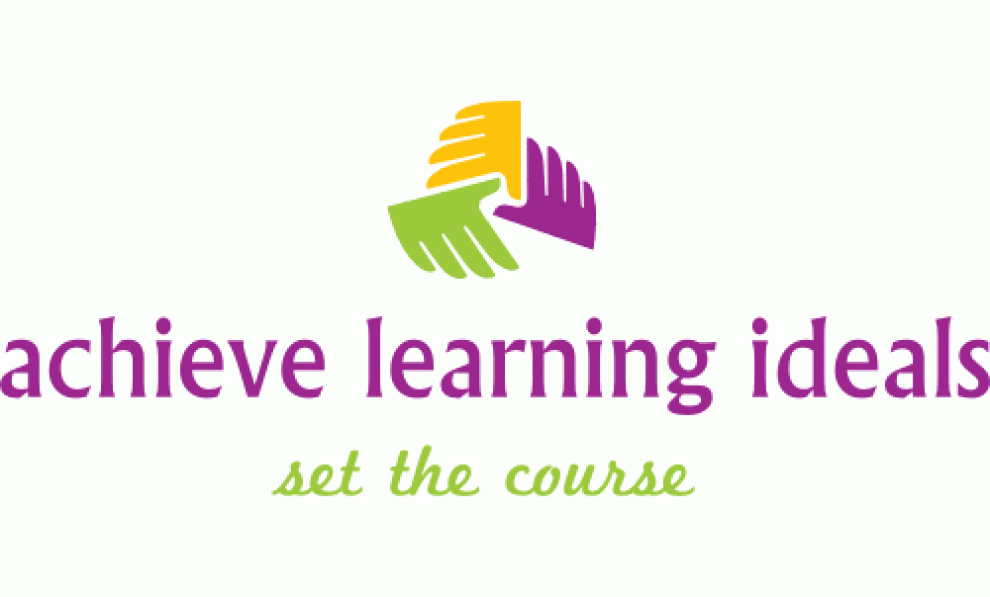Ever heard a young child sing the ABCs or blithely recite a nursery rhyme, or a set of multiplication tables? The child owns that knowledge, often way before knowing much more than the sounds. And adults encourage this repetition, what ever the language in the home. Whether at home or in a daycare setting, many pre-school activities involve this working toward mastery, from the initial push-ups a child will do to strengthen his/her arms before one day taking off in a crawl to the running back to climb up the slide – then, yet again, coasting to the bottom. And young children enjoy hearing a story over and over again until they too have memorized and are able to “read” it on their own.
Somewhere though, between 1st grade and graduation the possibility of “winging it” takes over and this is when the school assigned writing exercises become an activity that some students dread. True, writing can be a slow process, due to the need for reviewing and revising. But not everything needs to be redone. In fact, some of the most difficult writing exercises involve a form of automatic writing; most tests require this quick and clear response to some type of prompt.
How then, to be quick and clear? No getting around it- repetition and drill of basic skills for which there are so many templates that students need not even be aware they are repeating the same exercise, although in a slightly different form.
http://prek-8.com/english/writing/index.php a great resource – free and downloadable for classrooms or those being home schooled.
